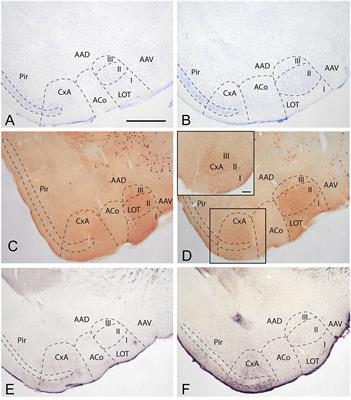REVIEW
Published on 15 Nov 2017
Olfaction and Pheromones: Uncanonical Sensory Influences and Bulbar Interactions

doi 10.3389/fnana.2017.00108
- 4,883 views
- 12 citations
9,773
Total downloads
48k
Total views and downloads
You will be redirected to our submission process.
REVIEW
Published on 15 Nov 2017

ORIGINAL RESEARCH
Published on 29 May 2017

ORIGINAL RESEARCH
Published on 23 May 2017

MINI REVIEW
Published on 11 Apr 2017

ORIGINAL RESEARCH
Published on 03 Apr 2017

ORIGINAL RESEARCH
Published on 21 Mar 2017

ORIGINAL RESEARCH
Published on 27 Feb 2017

ORIGINAL RESEARCH
Published on 23 Feb 2017

REVIEW
Published on 14 Feb 2017
ORIGINAL RESEARCH
Published on 23 Dec 2016

